Wild Grape Juice Reduction (Homemade Saba)Wild Grape Juice Reduction (Homemade Saba)
Your folders
Your folders
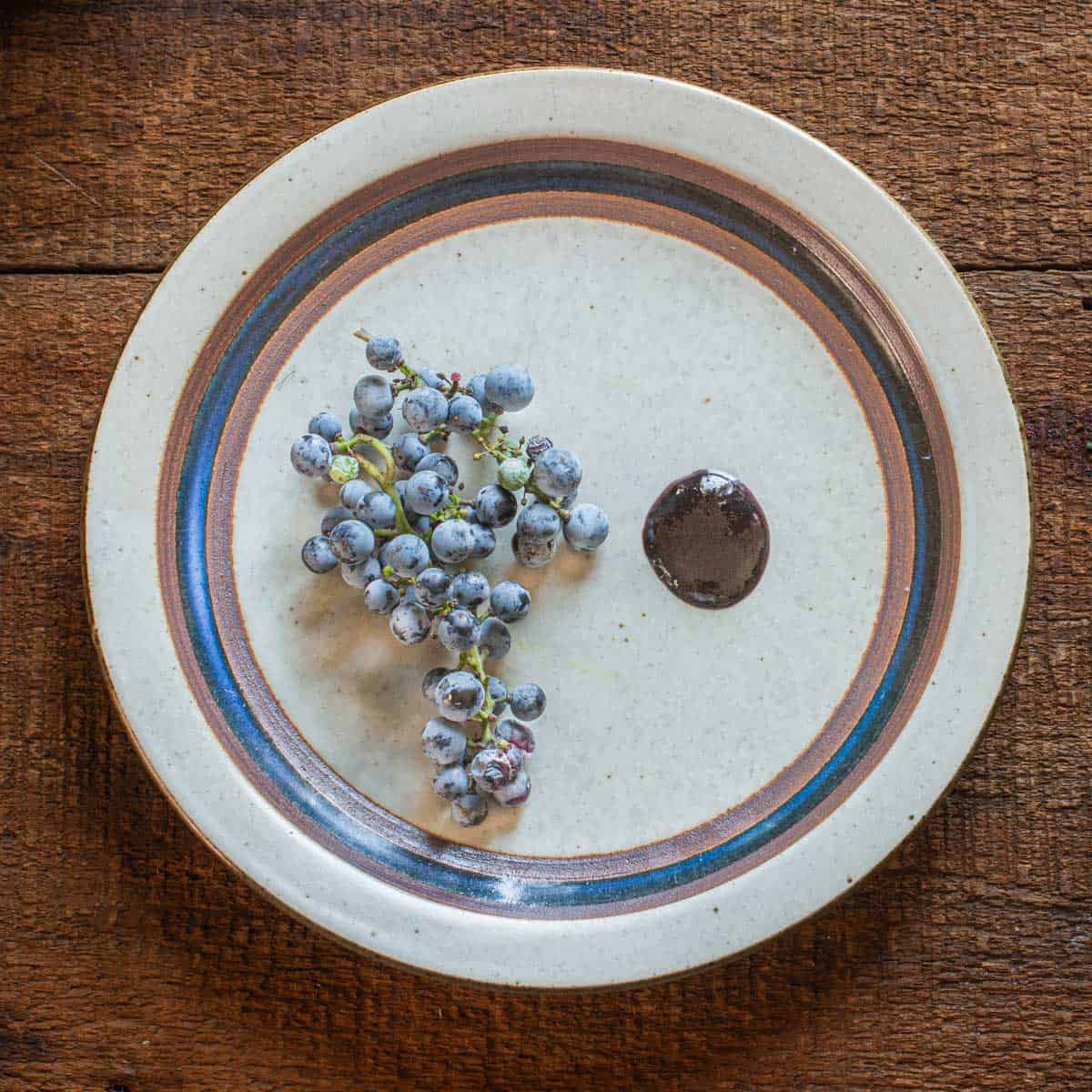
Ingredients
Export 2 ingredients for grocery delivery
Instructions
Step 1
For an easy, clean harvest, cut the clusters of grapes off the vine using a good scissors. Bring the grapes clusters home, dip them in a sink of cool water to clean them, then don some gloves and remove the grapes from the vines. If you prefer to leaves the grapes on the racemes to make processing them easier, it's ok, but I do recommend washing them.
Step 2
Take the cleaned grapes and put them in a large sauce pot, then mash the grapes vigorously with a potato masher as if they owe you money. Stir the mixture from bottom to top, then mash again.
Step 3
Consider doing this part outside since wild grape juice can make your kitchen look like it was finger paint time at daycare. When the grapes are mushed up as well as you can manage, add water just to barely cover them and mix it well. If you want, you can gently buzz it with a stick/hand blender, although it may take more time to drain.
Step 4
Take the resulting liquid and strain through cheesecloth in a chinois or another strainer, trying not to press or squeeze too hard. The pulp that's left over can be used to make really cool homemade vinegar, or just infuse regular white wine or red wine vinegar (Grape essence is extremely vinegar and alcohol soluble). Allow the juice to rest overnight so the sediment can settle.
Step 5
Without disturbing the liquid too much, pour off the juice from the top and reserve, discarding the sediment at the bottom of the jar.
Step 6
Measure the juice to see how much there is so you have a benchmark for reducing by 50% in volume.
Step 7
Return the juice to the cleaned pot, adding 1 tablespoon red wine vinegar per 2 cups (optional but recommended if you will be canning it) and simmer on medium-high until reduced by half and the mixture coats the back of a spoon.
Step 8
Depending on how well you strained it, and if you allowed it to settle overnight and remove some of the tartaric acid crystals, the juice may be a little syrupy, or it could start to bubble and spurt like mine.
Step 9
Whatever happens, and however you want it to turn out, make damn sure not to over cook or allow the bottom of the pan to char in any way or the finished product will taste off.
Step 10
Transfer the reduction to a mason jar, label, date and refrigerate. The reduction will last for a few months under refrigeration, wipe the jar's lid with vinegar occasionally to ward off mold. You can also process the jars in a water bath, 12 minutes for pints as for regular pickles. Use the sauce anywhere you would use pomegranate molasses.
Step 11
For an easy, clean harvest, cut the clusters of grapes off the vine using a good scissors. Bring the grapes clusters home, dip them in a sink of cool water to clean them, then don some gloves and remove the grapes from the vines. If you prefer to leaves the grapes on the racemes to make processing them easier, it's ok, but I do recommend washing them.
Step 12
Take the cleaned grapes and put them in a large sauce pot, then mash the grapes vigorously with a potato masher as if they owe you money. Stir the mixture from bottom to top, then mash again.
Step 13
Consider doing this part outside since wild grape juice can make your kitchen look like it was finger paint time at daycare. When the grapes are mushed up as well as you can manage, add water just to barely cover them and mix it well. If you want, you can gently buzz it with a stick/hand blender, although it may take more time to drain.
Step 14
Take the resulting liquid and strain through cheesecloth in a chinois or another strainer, trying not to press or squeeze too hard. The pulp that's left over can be used to make really cool homemade vinegar, or just infuse regular white wine or red wine vinegar (Grape essence is extremely vinegar and alcohol soluble). Allow the juice to rest overnight so the sediment can settle.
Step 15
Without disturbing the liquid too much, pour off the juice from the top and reserve, discarding the sediment at the bottom of the jar.
Step 16
Measure the juice to see how much there is so you have a benchmark for reducing by 50% in volume.
Step 17
Return the juice to the cleaned pot, adding 1 tablespoon red wine vinegar per 2 cups (optional but recommended if you will be canning it) and simmer on medium-high until reduced by half and the mixture coats the back of a spoon.
Step 18
Depending on how well you strained it, and if you allowed it to settle overnight and remove some of the tartaric acid crystals, the juice may be a little syrupy, or it could start to bubble and spurt like mine.
Step 19
Whatever happens, and however you want it to turn out, make damn sure not to over cook or allow the bottom of the pan to char in any way or the finished product will taste off.
Step 20
Transfer the reduction to a mason jar, label, date and refrigerate. The reduction will last for a few months under refrigeration, wipe the jar's lid with vinegar occasionally to ward off mold. You can also process the jars in a water bath, 12 minutes for pints as for regular pickles. Use the sauce anywhere you would use pomegranate molasses.
Top similar recipes
Curated for youYour folders
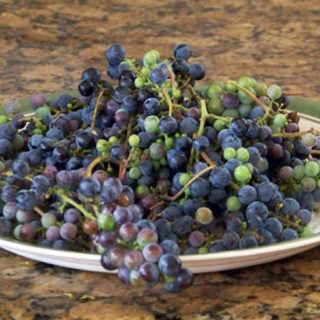
 265 views
265 viewsWild Grape Juice
artofnaturalliving.com
5.0
(1)
30 minutes
Your folders

 641 views
641 viewsHomemade Grape Juice
simplyrecipes.com
4.7
(239)
20 minutes
Your folders

 240 views
240 viewsHow to Make Grape Juice (Homemade C...
anediblemosaic.com
10 minutes
Your folders
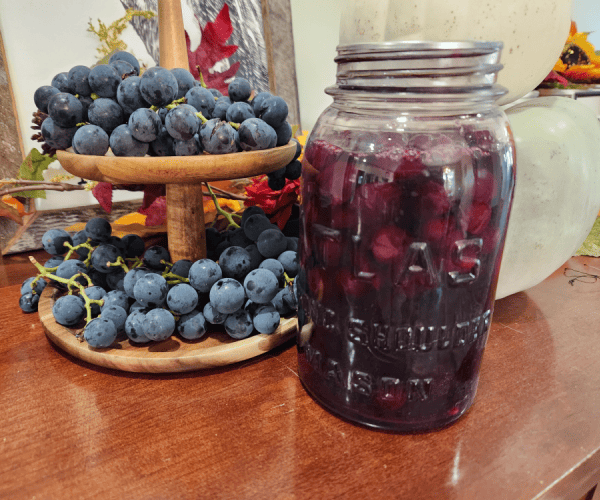
 183 views
183 viewsHomemade Canning Grape Juice Recipe
hickoryhollowfarmbeef.com
5.0
(1)
10 minutes
Your folders

 128 views
128 viewsFresh Grape Reduction Sauce
eatsimplefood.com
7 minutes
Your folders

 177 views
177 viewsKorean Grape Juice
stellanspice.com
5.0
(6)
Your folders
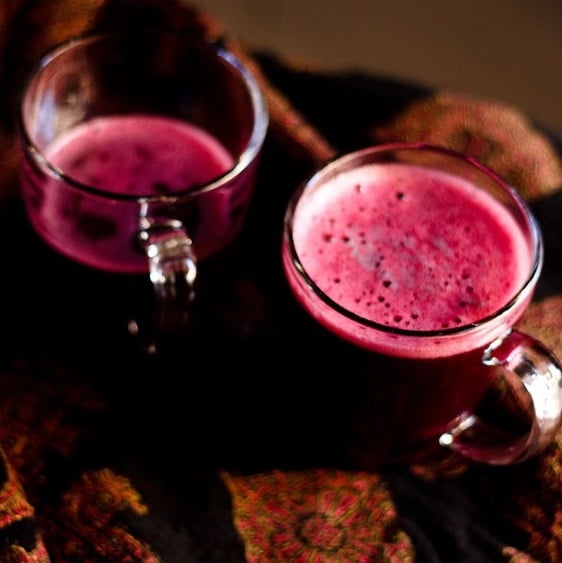
 254 views
254 viewsGrape Juice Recipe
vegrecipesofindia.com
4.8
(4)
Your folders
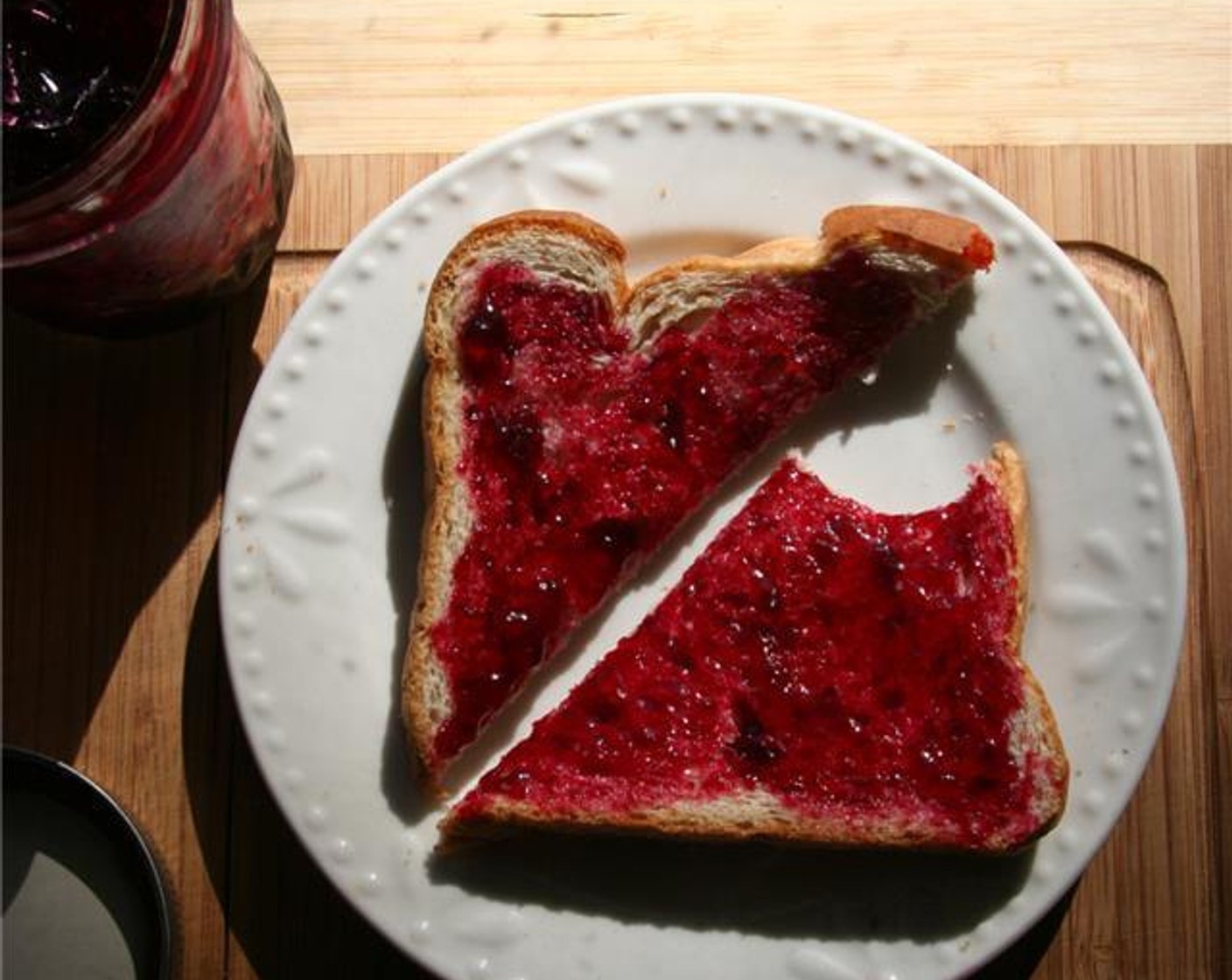
 361 views
361 viewsWild Grape Jelly
sidechef.com
5.0
(1)
Your folders
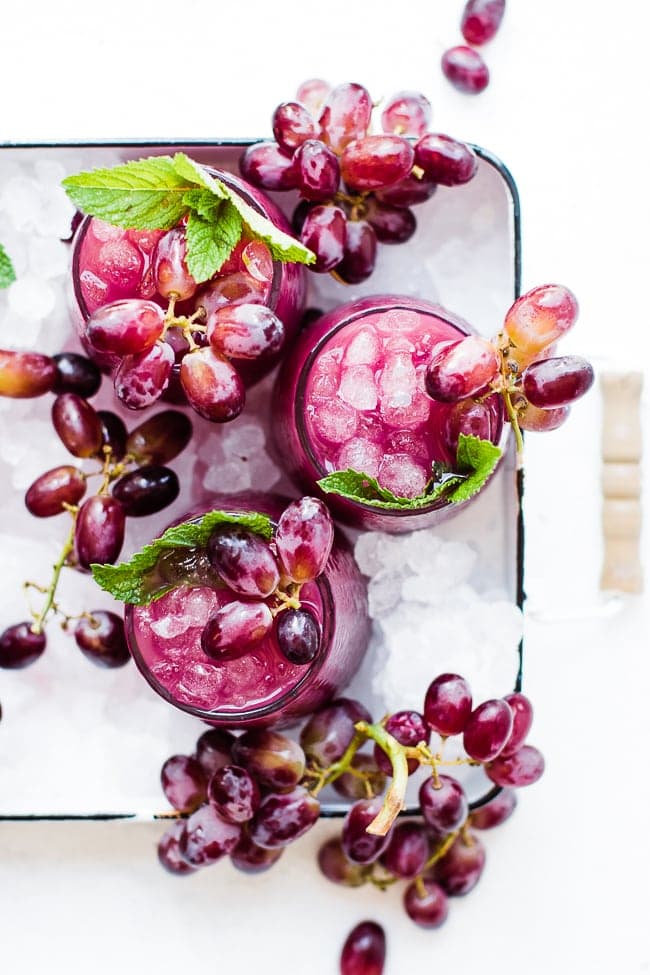
 734 views
734 viewsHomemade Sweet Grape Juice (no juic...
ohsodelicioso.com
5.0
(9)
Your folders

 240 views
240 viewsHow to Make Grape Juice
theseasonedmom.com
5.0
(4)
10 minutes
Your folders
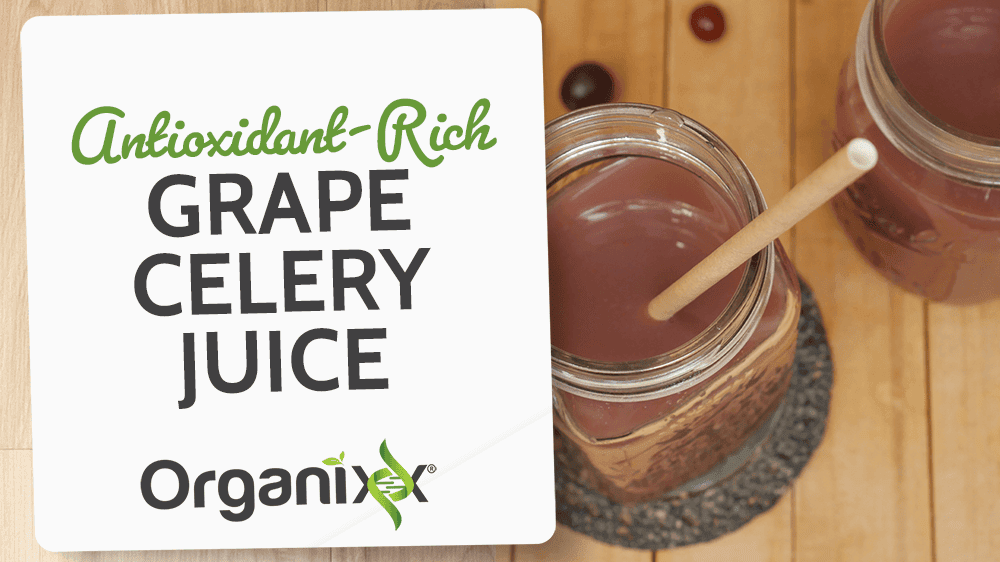
 257 views
257 viewsAntioxidant-Rich Grape Celery Juice
organixx.com
Your folders
 93 views
93 viewsHow to Make Grape Juice
alphafoodie.com
Your folders
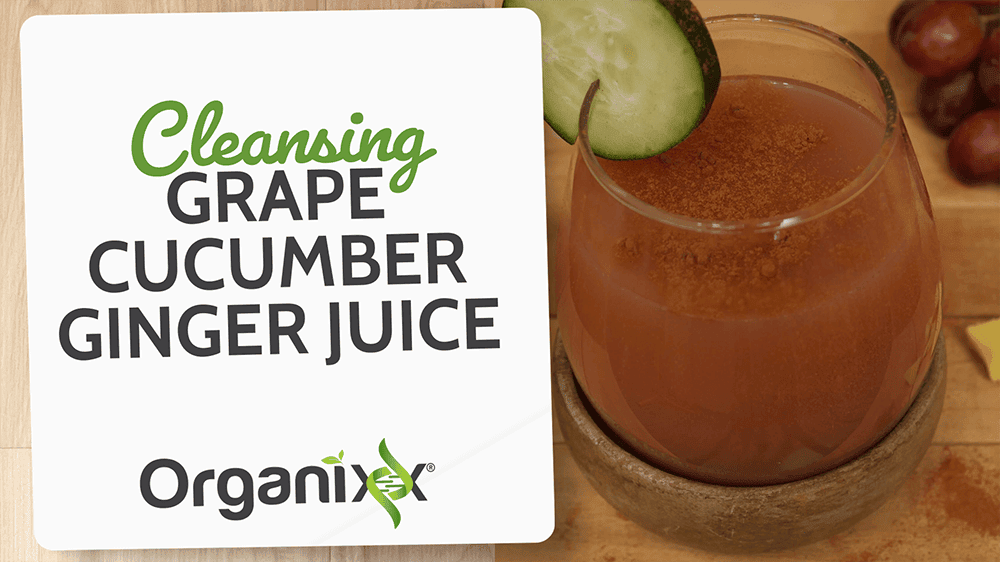
 55 views
55 viewsCleansing Grape Cucumber Ginger Jui...
organixx.com
Your folders

 218 views
218 viewsWild Rice and Grape Stuffing
marthastewart.com
Your folders
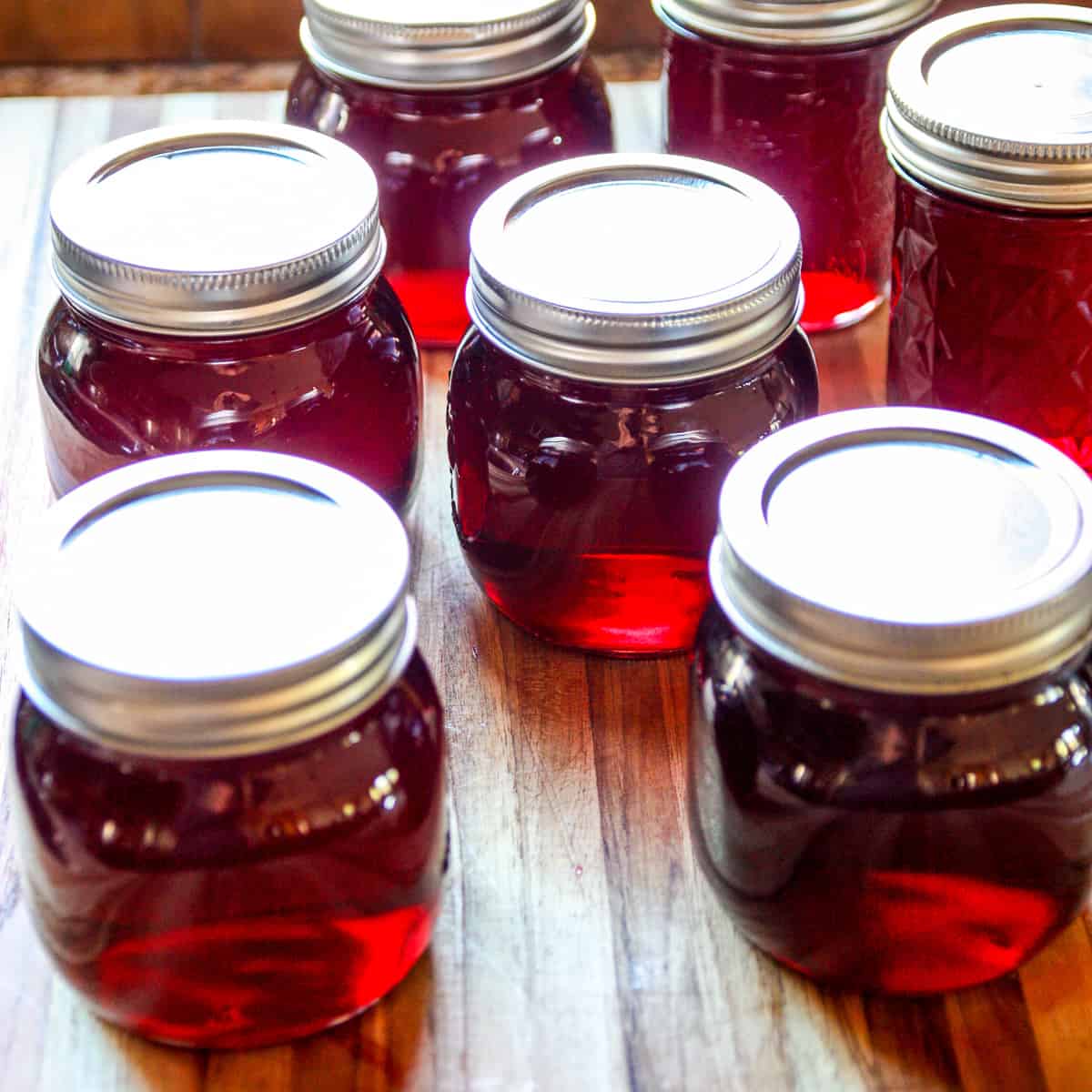
 177 views
177 viewsHomemade Grape Jelly
thefoodblog.net
4.9
(21)
15 minutes
Your folders
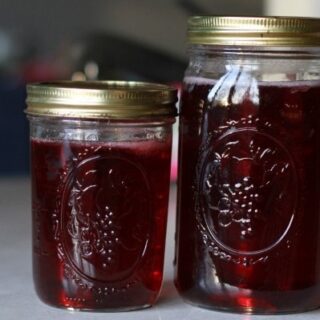
 174 views
174 viewsHomemade Grape Jelly
thefrugalgirl.com
4.5
(119)
10 minutes
Your folders

 196 views
196 viewsHomemade Cranberry Juice
food.com
5.0
(17)
8 minutes
Your folders

 266 views
266 viewsHomemade Ginger Juice
africanbites.com
4.9
(13)
Your folders
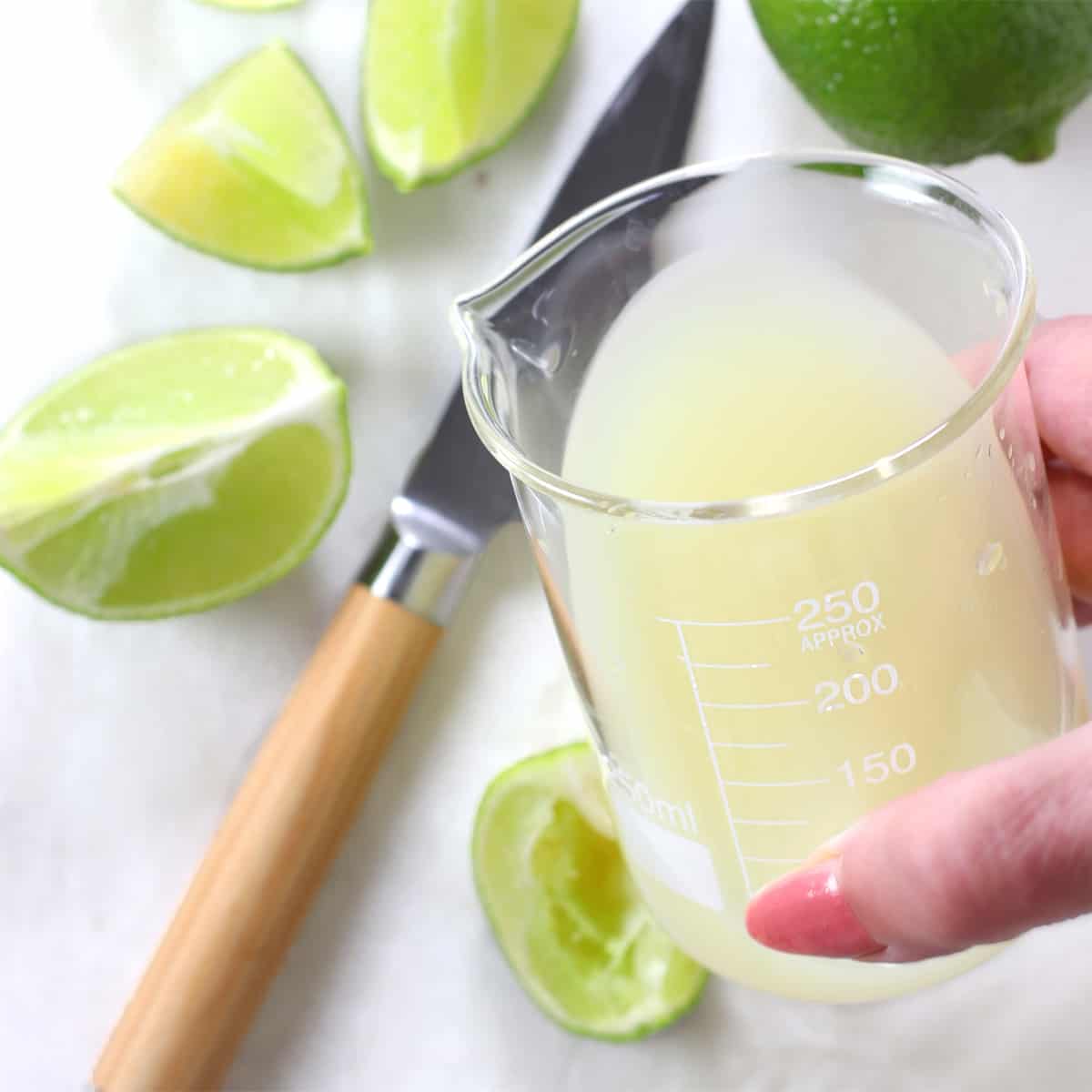
 147 views
147 viewsHomemade Lime Juice
greensmoothiegourmet.com
5.0
(3)
3 minutes